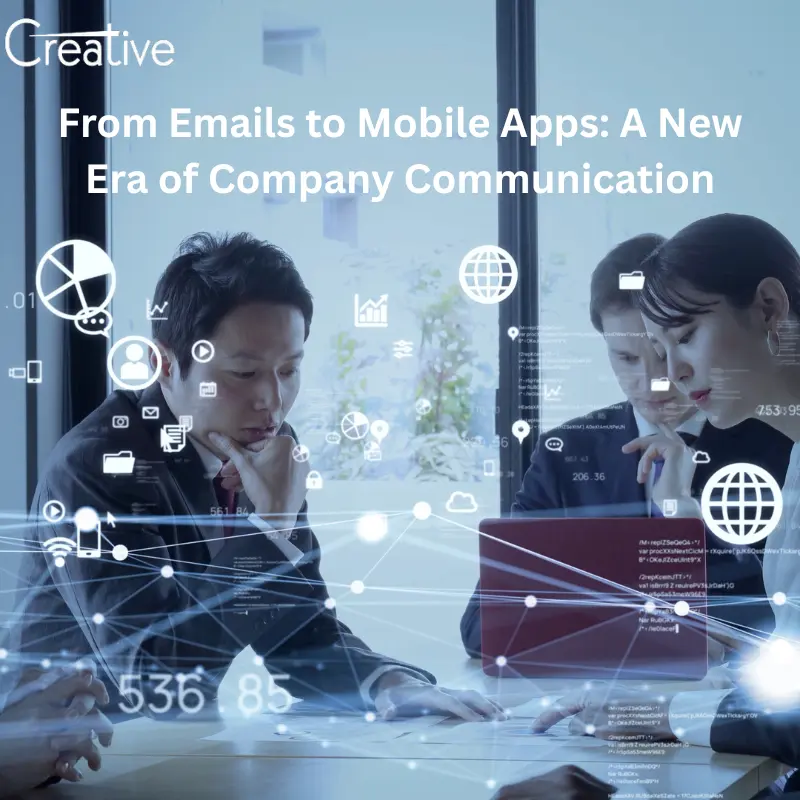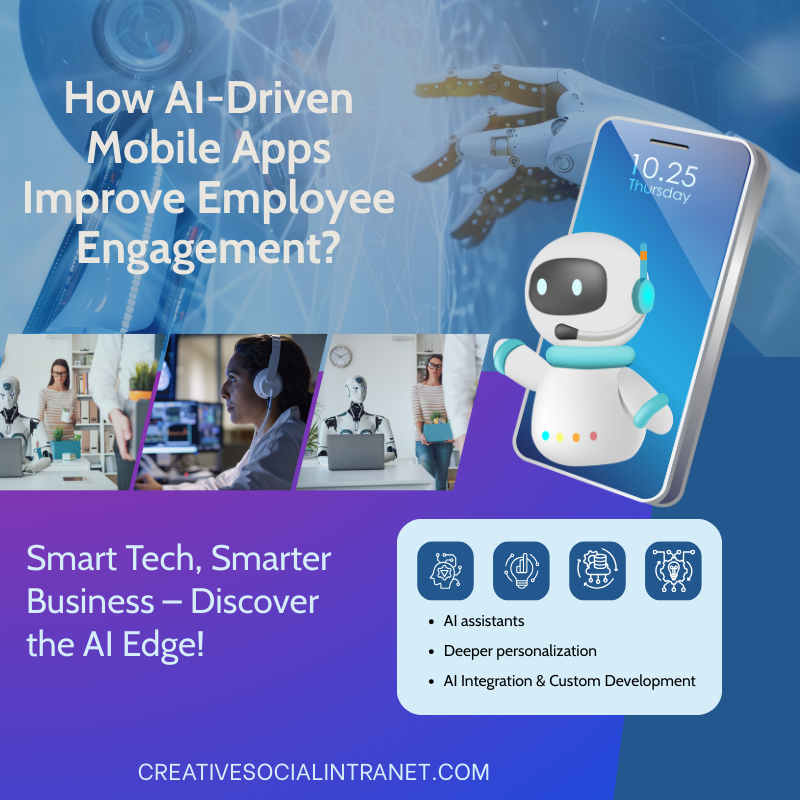How has the role of company intranets changed over time?
Business intranets have evolved dramatically over the years, from simple internal communication tools to complex digital ecosystems that promote teamwork, increase output, and influence business culture. The constant changes in technology, the expectations of the workforce, and the strategic aims of contemporary enterprises are all reflected in this metamorphosis. Let’s take a closer look at the history of corporate intranets and how their function has changed with time.
The Genesis: Fundamental Channels of Communication
Early Stages: Intranets first appeared as crude systems in the late 20th century, mostly intended to support internal communication. They functioned as electronic noticeboards for documents, policies, and announcements.
Limited Interactivity: The majority of interaction was centered on simple file-sharing features and static content.
The Late 20th and Early 21st Century Communication Hubs
Developments in the 1990s: Intranets became increasingly complex communication centers as internet technology advanced.
Email Integration: Email integration improved real-time communication among businesses and became a standard feature.
Document Repositories: To facilitate faster access to crucial information, intranets began to include centralized document repositories.
Platforms for Collaboration: Early to Mid-2000s
Change to Collaboration: Intranets became platforms for collaboration in the early 2000s, marking a dramatic change in the industry.
The emergence of social intranets: These online communities gained popularity by incorporating user-generated content, blogs, and forums to promote knowledge sharing and employee engagement.
Workflow Integration: Project management and workflow tool integration have grown in popularity, encouraging smooth teamwork.
Smartphone Usability: Late 2000s
Mobile Revolution: The arrival of the mobile age in the late 2000s prompted intranets to give priority to mobile accessibility.
Responsive Design: To guarantee a consistent user experience across multiple devices, intranets implemented responsive design concepts.
Flexibility for Remote Work: To support the expanding trend of remote work, mobile accessibility has become essential.
Business Tool Integration: 2010s
Holistic Integration: Intranets developed into digital workspaces that were seamlessly connected with a range of corporate tools and apps in the 2010s.
Single Sign-On (SSO): As single sign-on features proliferated, user access grew easier and security was improved.
Data Analytics: To monitor user engagement, content effectiveness, and platform performance overall, intranets began to include analytics technologies.
Worker Experience and Welfare: From the Mid-2010s to the Present
Emphasis on Employee Experience: By the middle of the decade, there was a greater emphasis on improving the entire experience that employees had.
Personalization: Intranets started providing users with customized experiences by adjusting content according to their roles and personal preferences.
Employee Well-Being: In the modern day, intranets are incorporating tools and services on work-life balance, mental health, and employee well-being.
Innovation and Strategic Alignment: Current and Prospective
Strategic Alignment: As agents of creativity, adaptability, and cultural cohesiveness, contemporary intranets are strategically matched with organizational objectives.
Innovation Hubs: They serve in this capacity, encouraging the production of ideas, cross-functional cooperation, and a feeling of common purpose.
Adaptability: In the modern workplace, intranets must be able to change with the times to accommodate new technological trends and the shifting nature of work.
Opportunities and Difficulties
Security Issues: As intranets develop, they present several obstacles, one of which is the requirement for strong security measures to protect confidential company information.
Integration Dilemmas: Organizations that want to smoothly connect disparate technologies and apps run into integration complications.
Business intranets are now essential parts of the contemporary workplace, having evolved from their original function as basic communication tools. The continuous process demonstrates a dedication to flexibility, creativity, and the ever-changing requirements of a dynamic workforce. Intranets will probably continue to be at the forefront of organizational strategy as companies traverse a landscape impacted by digital breakthroughs and shifting work dynamics. These tools promote employee involvement, collaboration, and connectedness.
Explore Creative Social Intranet
Boost Understanding with Quick Answers
Our Latest Intranet News and Articles

From Emails to Mobile Apps: A New Era of Company Communication
In the past, emails were the backbone of corporate communication. They were formal, reliable, and convenient for exchanging information within organizations. However, as the modern workplace evolved, with hybrid teams, instant messaging, and real-time collaboration, emails began to reveal their limitations. Slow response times, long threads, and cluttered inboxes made communication less efficient and more fragmented. Today, we’ve entered a new era where mobile apps and intelligent intranet systems, such as Creative Social Intranet, are transforming the way companies communicate, connect, and collaborate. They offer speed, accessibility, and engagement that emails can’t match, paving the way for smarter, more connected … From Emails to Mobile Apps: A New Era of Company Communication

How Mobile Apps Revolutionize Internal Communication?
In today’s digital-first workplace, communication is the lifeblood of every successful organization. With teams spread across locations, departments, and even time zones, keeping everyone informed and aligned has become a major challenge. Traditional methods, such as emails, bulletin boards, or intranet portals, are no longer sufficient to engage modern employees who are constantly on the move. This is where mobile apps come into play — transforming how companies share news, policies, and events with their workforce. At Creative Social Intranet, we’ve seen how mobile communication tools have revolutionized internal engagement by making information accessible, timely, and interactive. A well-designed mobile … How Mobile Apps Revolutionize Internal Communication?

How AI-Driven Mobile Apps Improve Employee Engagement?
Employee engagement has become a top priority for modern organizations. In an era where hybrid work, remote collaboration, and digital communication dominate the workplace, traditional engagement strategies are no longer enough. Employees expect seamless communication, instant access to information, and personalized experiences that help them feel valued. This is where AI-powered intranet software, combined with mobile apps, plays a transformative role. At Creative Social Intranet, we specialize in building intelligent platforms that not only connect employees but also empower them with tools that keep them engaged, productive, and motivated. Why Employee Engagement Matters More Than Ever? Engaged employees are the … How AI-Driven Mobile Apps Improve Employee Engagement?
